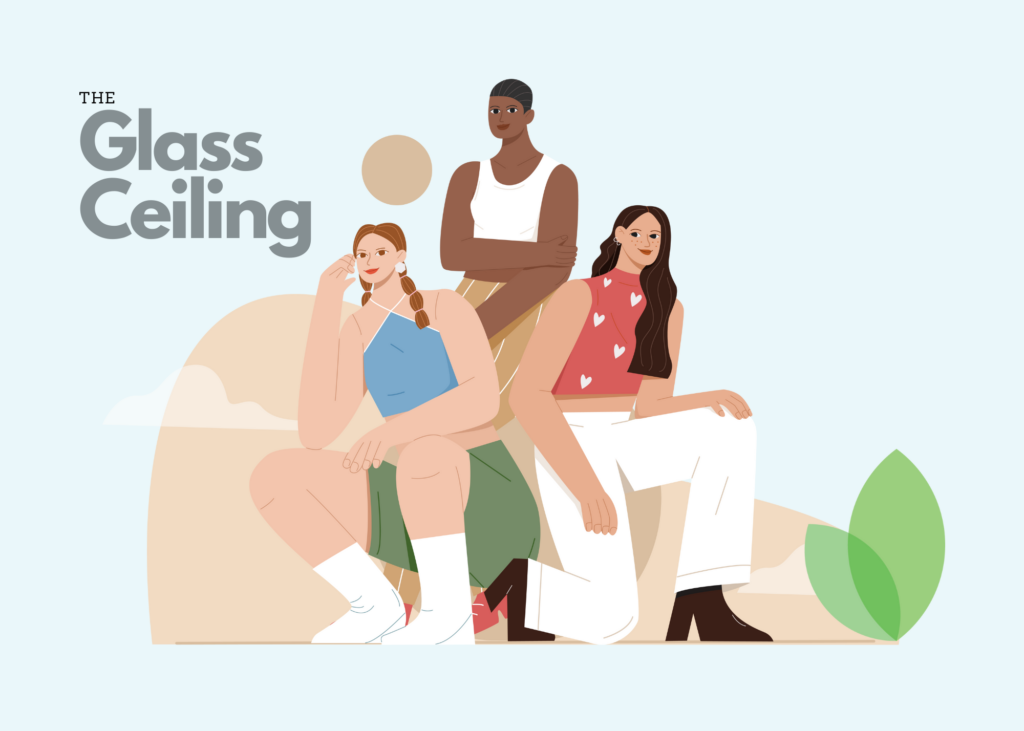As Canada’s population continues to become increasingly more diverse, representation in leadership becomes increasingly more important. With diversity of population comes diversity in the workforce and it is important for organizations to promote an inclusive environment, encourage equitable representation, and remove barriers wherever possible.
The current leadership landscape is lacking the same diversity as the rest of the workforce. While 45% of senior leadership roles are currently held by women, only 9% are part of a racialized group. Additionally, only 7% of senior leaders identify as LGBTQ2sQ+, 5% as indigenous, and only 4% identify as persons with disabilities. Low numbers of representation continue to persist.
Interestingly, 59% of senior leaders have held their position for less than six years; meaning these roles continue to be created and filled by new individuals, so current leadership diversity cannot be attributed to old attitudes or the diversity of yesterday’s workforce. Diverse individuals continue to be left out of leadership. This raises questions as to why various groups are underrepresented at higher levels and how that impacts organizations and individuals.
This is not to say that those currently in leadership positions discount the value of diversity and inclusion; 91% of senior leaders agree that they are committed to diversity and inclusion. There is a strong understanding among leaders that diversity breeds greater innovation and stronger creative problem solving, but it is clear that a desire for diversity doesn’t directly translate into better representation.
In order to encourage greater diversity in their organizations and in their own leadership teams, leaders need to put inclusion at the forefront of their discussions and actions. Though attitudes towards diversity may be in favour of greater representation, many barriers continue to prevent people from entering into or continuing within the workforce. Inclusion aims to not only change attitudes, but to adjust existing systems in order to remove these barriers and make workplaces and promotions more accessible to more people.
One common barrier to greater inclusion is a disconnect between dominant leadership styles and the communication styles of different employees. Not every demographic is going to respond the same way or resonate as well with the same leadership styles. In North America, decisive leadership is very common; this leadership style is used by around 55-88% of white, northern european males (the numbers vary regionally and organization to organization). In turn, almost 90% of today’s Fortune 500 CEOs are white males. It follows then, that embracing various styles of leadership will help in creating a more inclusive work culture.
An inclusive workplace will increase the diversity of an organization’s team and increase their performance. Additionally, by removing barriers and allowing all employees to grow equally, an organization can increase the diversity of their leadership to better represent the makeup of their team. True diversity at all levels of an organization is essential for remaining competitive and relevant in today’s market.
Perceived performance can increase by up to 17% with strong diversity and inclusion. There can also be a 20% increase in the quality of a team’s decision making and a 29% increase in collaboration when team members feel truly included and welcome. Research conducted by Deloitte shows that leadership behaviors can create a 70% increase in the number of employees who feel included. Diversity without inclusion is ineffective and many who feel unwelcome are likely to leave the organization or keep their perspectives to themselves, limiting creativity, innovation, and future leadership potential.
Strong and diverse leadership has a strong impact on the diversity and sense of inclusion throughout the entire organization. Leadership that is dedicated to diversity and inclusion must be cognizant of their own biases, curious about the experience of others, and open to collaborative and judgement free conversations about the culture of their workplace.

